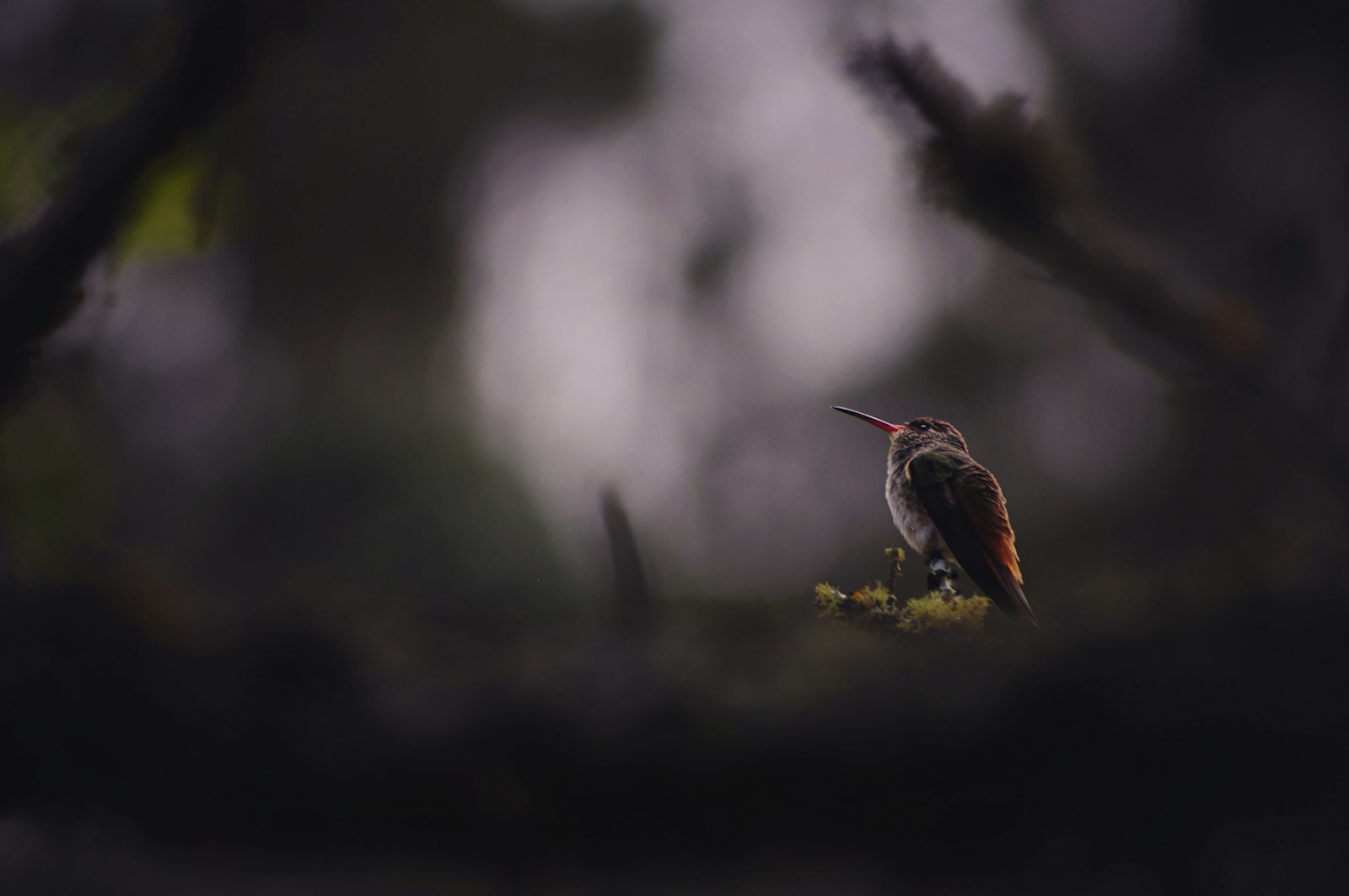Hummingbird Migration Patterns: Discovering Key Locations and Surprising Routes
The tiny yet majestic hummingbird, weighing in at roughly the same as a penny, is one of nature’s most remarkable aviators. Known for their astounding migration patterns and dazzling speed, these little birds travel great distances annually, often spanning thousands of miles. Understanding these migration routes is not only crucial for ornithologists but is also an exciting insight for outdoor enthusiasts and bird watchers alike. Let’s delve into some key locations and unique migratory behaviors that make these feathered jewels of the sky so fascinating.
Madera Canyon, Tucson: A Winter Haven
Importance of Tucson as a Migration Stop
- Madera Canyon, located in Southeastern Arizona, is a renowned wintering spot for various hummingbird species. Its diverse habitats, from desert grasslands to sylvan groves, make it an ideal avian utopia.
- The influence of Tucson’s climate on hummingbird migration cannot be overstated. The mild winters here provide a vital respite for these tiny travelers, ensuring they have ample food and relatively warm temperatures to thrive during the colder months.
Species to Watch For
- Broad-billed Hummingbirds: Currently the most abundant species in the canyon, easily identified by their blue-green feathers and vividly red bills.
- Rivoli’s Hummingbird: Previously known as the Magnificent Hummingbird, this species, now distinct from the Talamanca Hummingbird following a recent taxonomic update, adds allure with its striking iridescence.
- Elegant Trogan: Although not a hummingbird, the chance to spot one in the Tucson winters should not be missed. Elegant trogan spotting tips in Tucson winters include focusing your search on sycamore trees and listening for their unique calls, making Madera Canyon an exciting winter birding destination.
Anna’s Hummingbirds: A Story of Expansion
Original Range
- Anna’s hummingbirds initial southern California range was restricted primarily to Northern Baja California and Southern California.
Northward Expansion
- The role of suburban yards and year-round flowering plants has been pivotal in this species’ range expansion. Suburban yards role in Anna’s hummingbird expansion has provided essential resources such as nectar from non-native plants, helping these birds thrive in new areas.
- Hummingbird feeders impact on Anna’s hummingbird survival cannot be overlooked. Properly maintained feeders provide a reliable food source, particularly in urban and suburban settings where natural floral resources may be scarce.
Ecological Interactions
- Unique behaviors such as sapsucker-hummingbird interactions in northern regions highlight an interesting ecological relationship. Anna’s hummingbirds often feed from sap wells created by sapsuckers, ensuring they have access to vital energy sources when nectar isn’t readily available.
- Additionally, Anna’s hummingbirds supplement their diet with small bugs, which are crucial for their protein intake and successful survival.
Rufous Hummingbirds: The Marathon Migrants
Migration Characteristics
- The rufous hummingbird is one of the most remarkable migratory species, known for its extensive journey.
Seasonal Presence in Western Washington
- These vibrant birds are typically seen arriving in Western Washington during spring and staying through early summer. This region is essential for their breeding cycles, where they find abundant food resources and suitable habitats.
- Their long migration to the Pacific Northwest is nothing short of a natural marathon, demonstrating endurance and navigational prowess that continues to intrigue scientists and bird watchers alike.
Supporting Hummingbird Populations
Tips for Bird Watchers and Gardeners
- Planting a variety of flowering plants to provide budding year-round is essential. It not only beautifies your garden but also supplies hummingbirds with a continuous food source.
- Encouraging the use of hummingbird feeders, especially during migration peaks and in colder months, can significantly boost their chances of survival. Ensure feeders are clean and filled with fresh nectar to avoid any health issues for the birds.
Creating a Hummingbird-friendly Environment
- Providing water sources such as shallow birdbaths or misters can help attract hummingbirds to your yard, offering them much-needed hydration for both drinking and bathing.
- Avoid using pesticides in your garden to create a safe environment for insects, which are a vital part of the hummingbird diet.
- Planting sapsucker-friendly trees can indirectly support hummingbirds by ensuring a steady supply of sap, which they can feed on during lean nectar periods.
Conclusion
Understanding the migration patterns and unique behaviors of hummingbirds not only enriches our knowledge but also enhances our outdoor experiences. From the wintering haven of Madera Canyon to the impressive range expansion of Anna’s hummingbirds and the extraordinary migratory feats of the rufous hummingbirds, these tiny birds show incredible resilience and adaptability. By creating hummingbird-friendly environments and participating in their conservation, we can ensure that these little marvels continue to captivate and inspire. So, gear up, grab your binoculars, and perhaps even a camera, and share your own hummingbird sightings and experiences with fellow enthusiasts. The world of hummingbirds awaits you!

